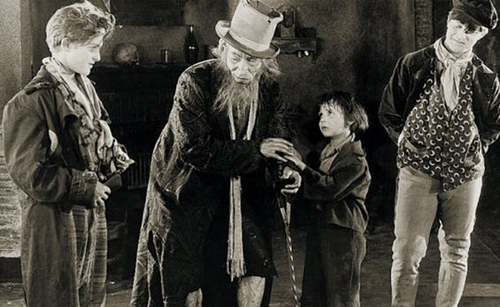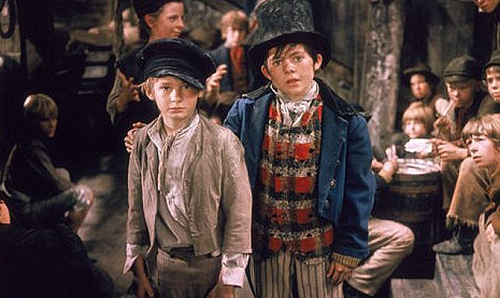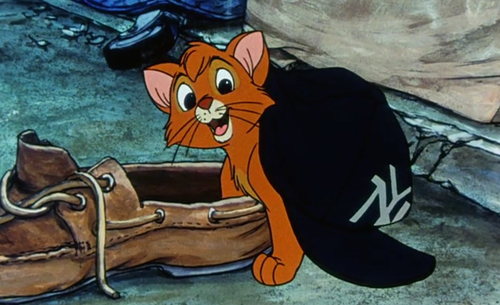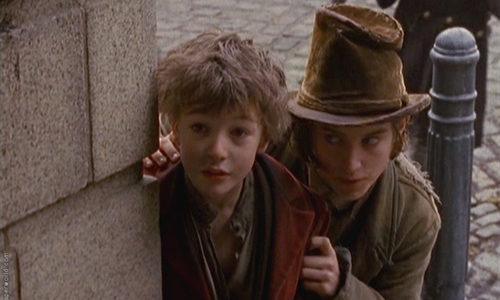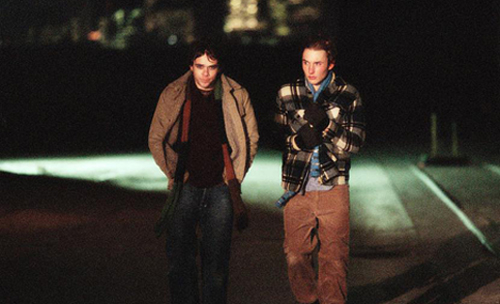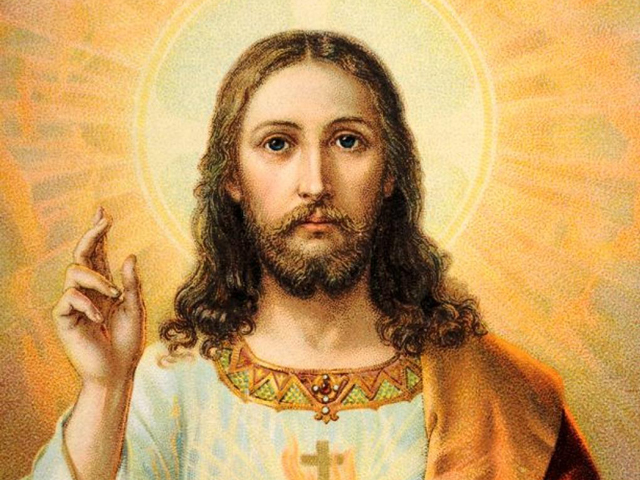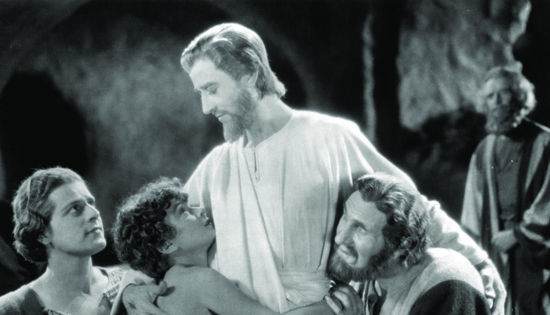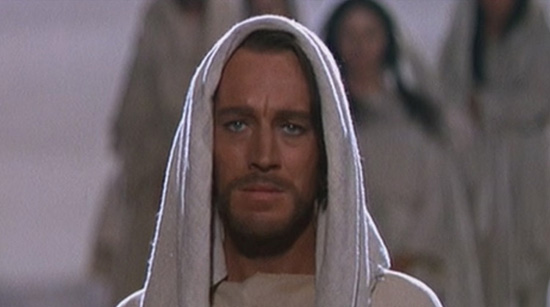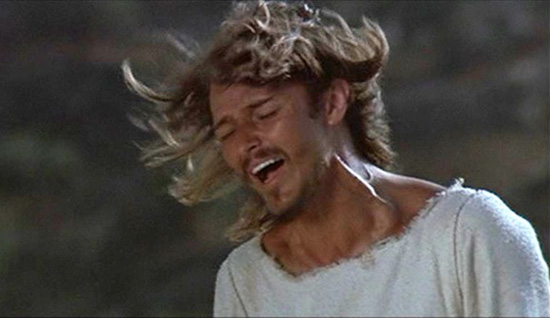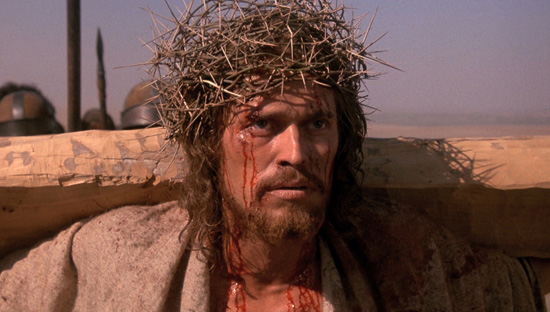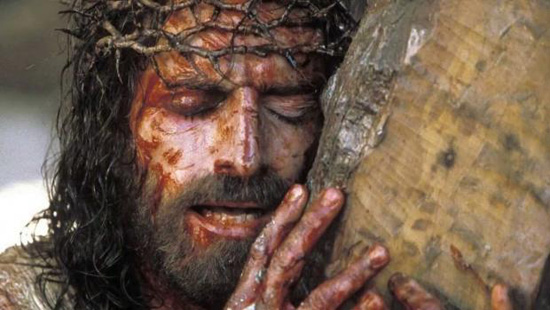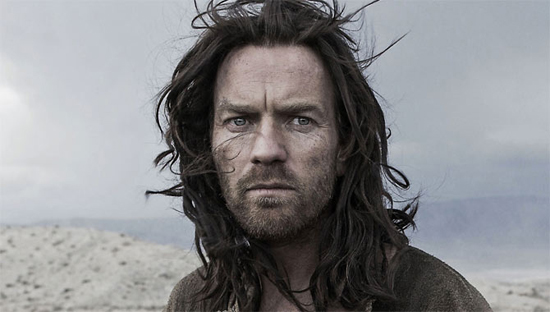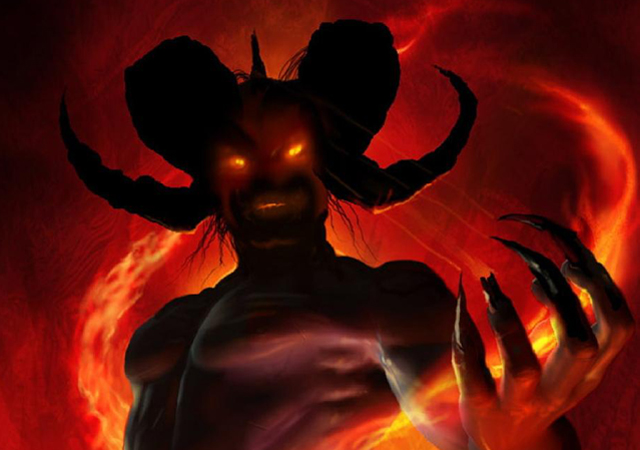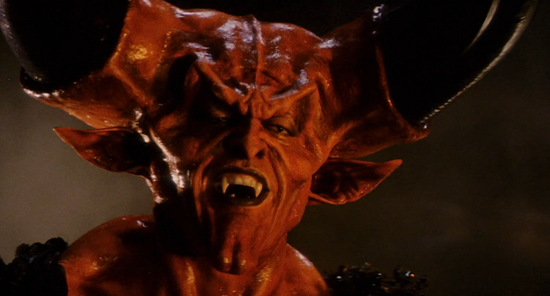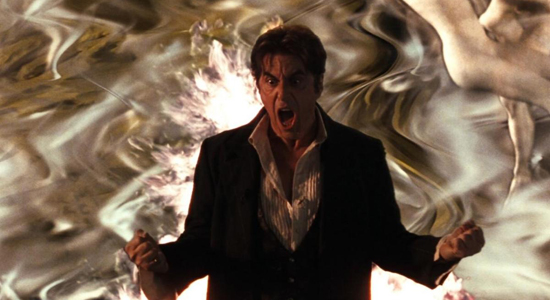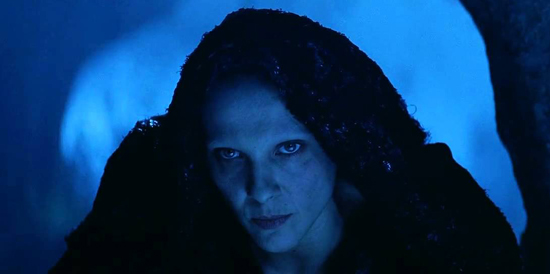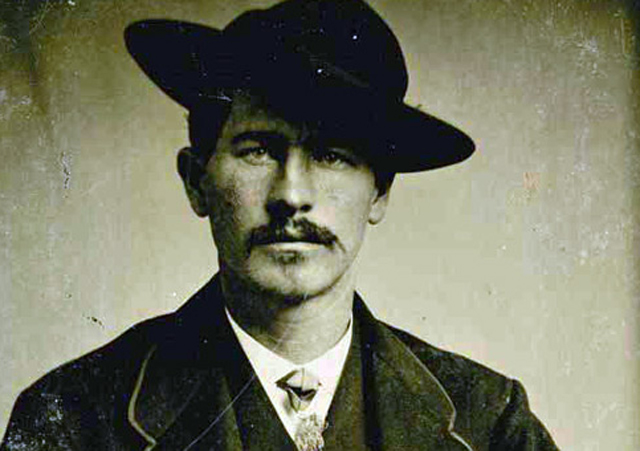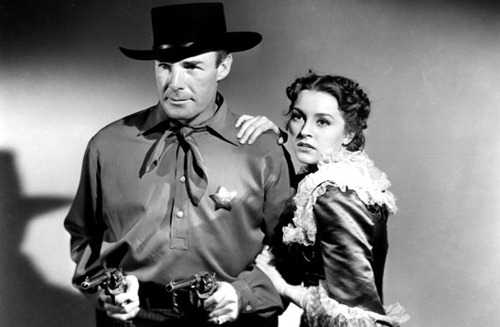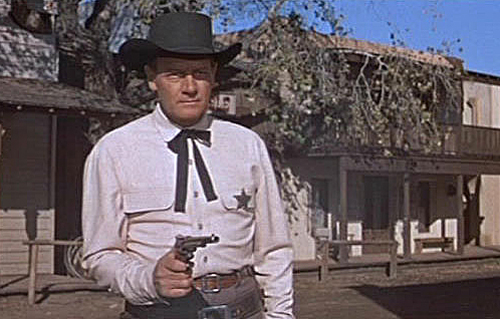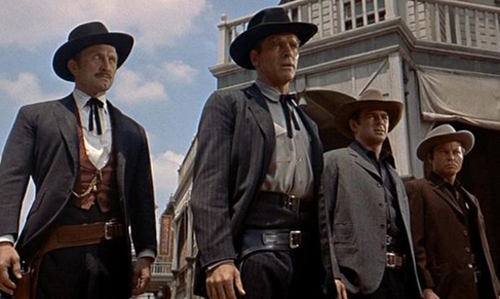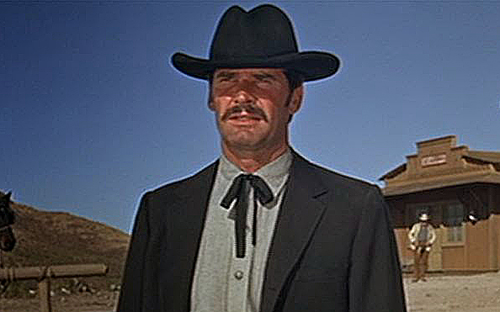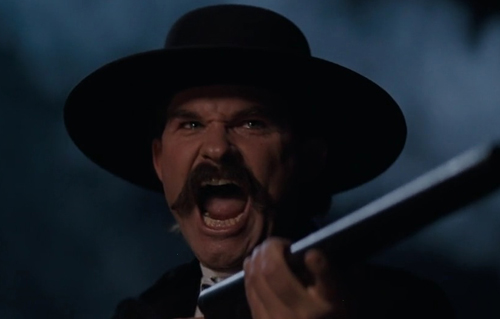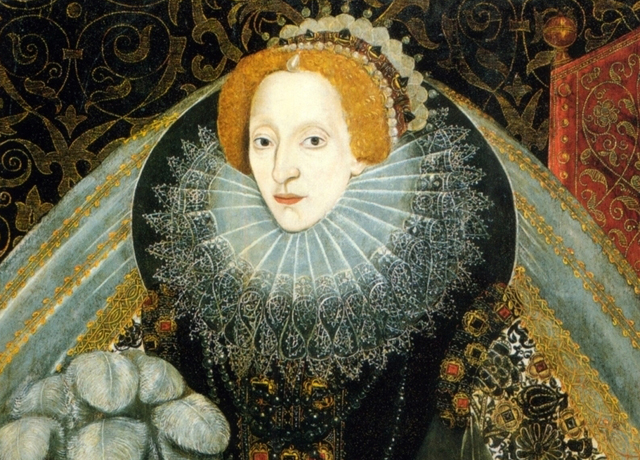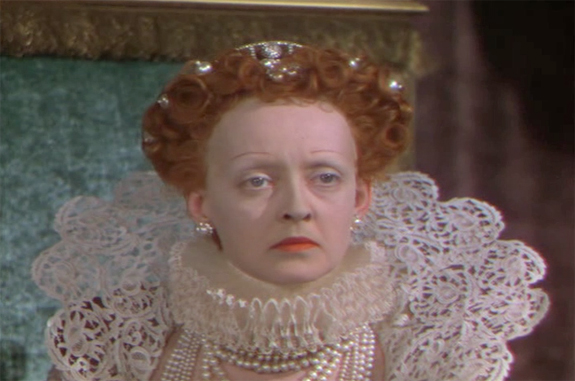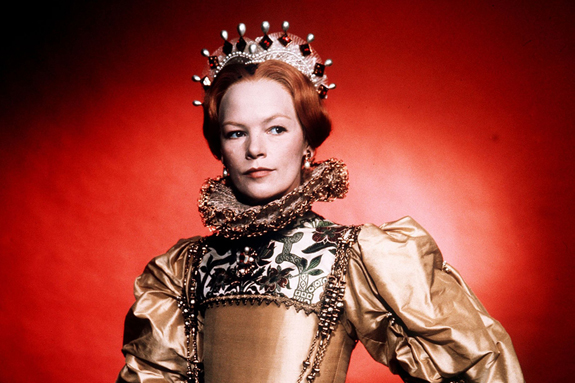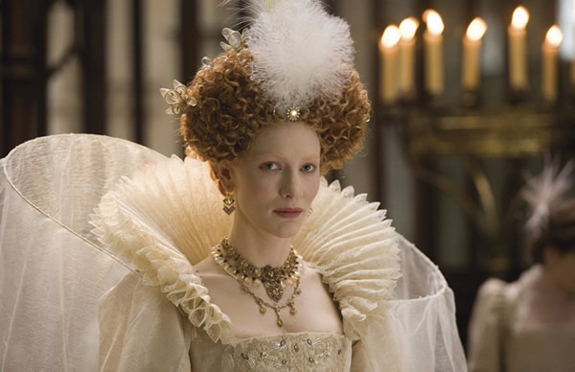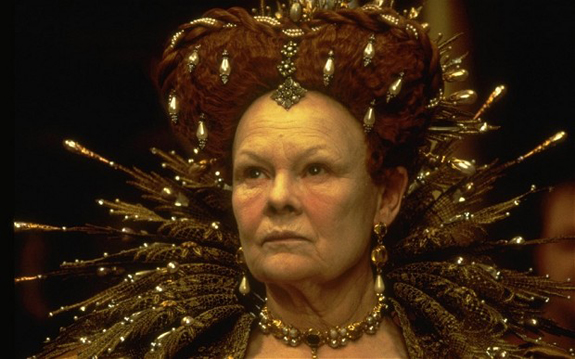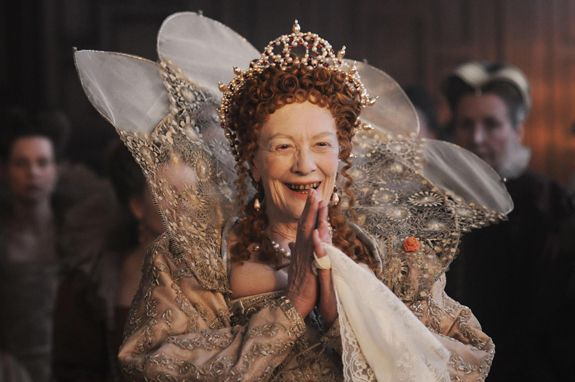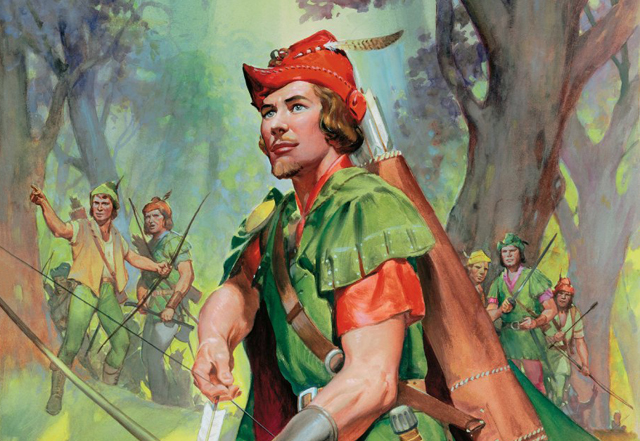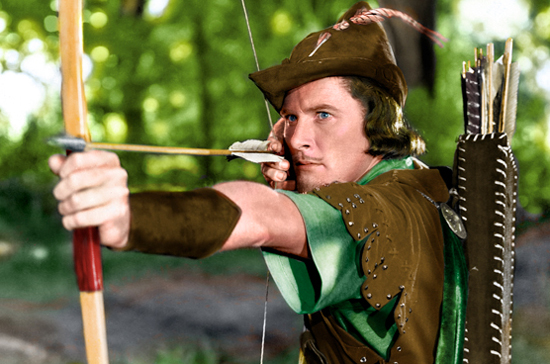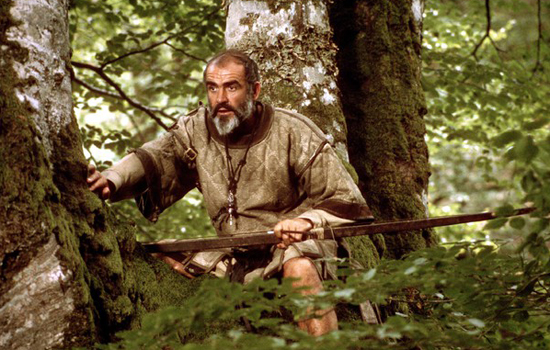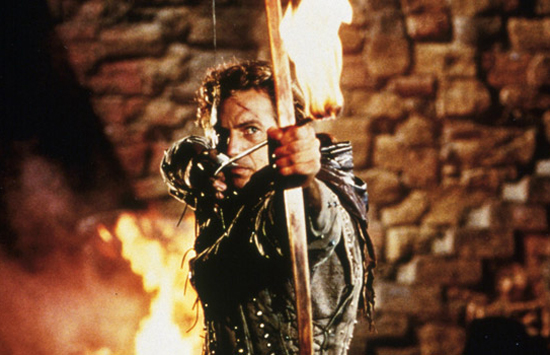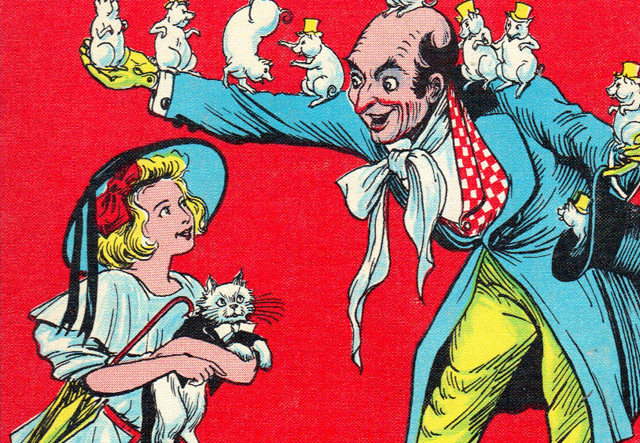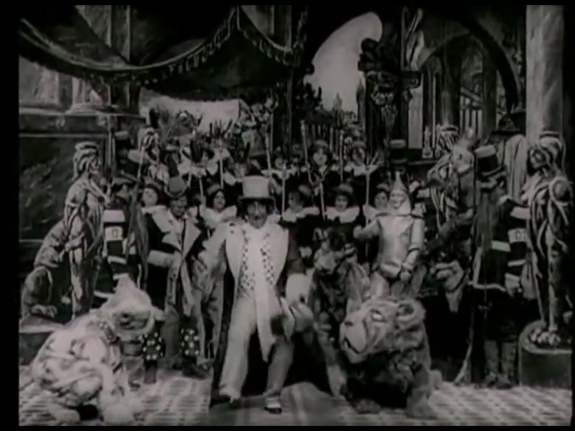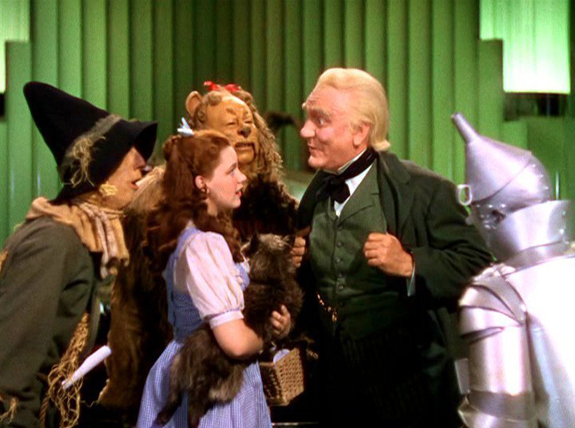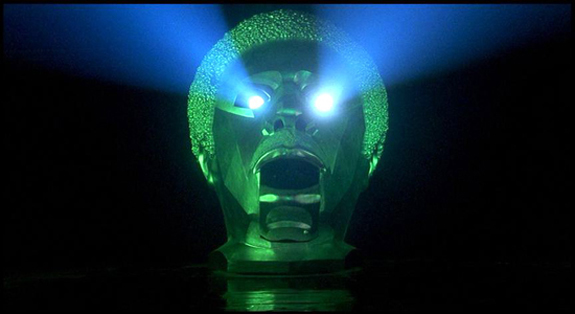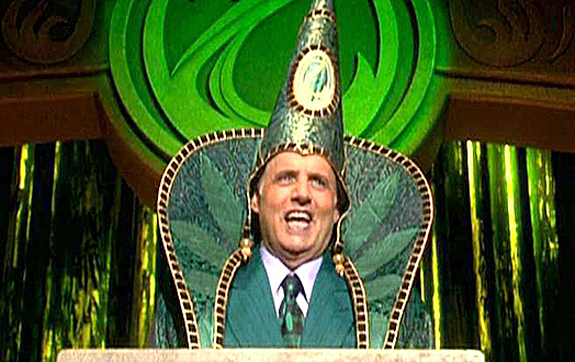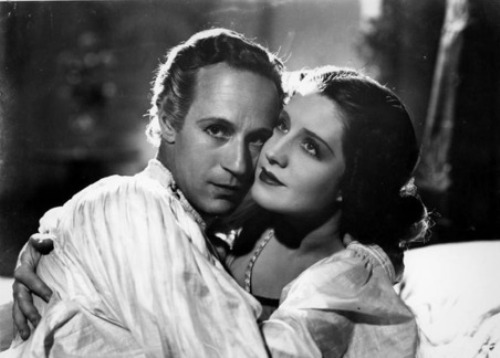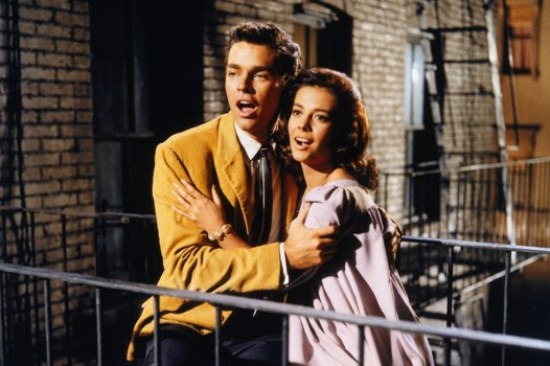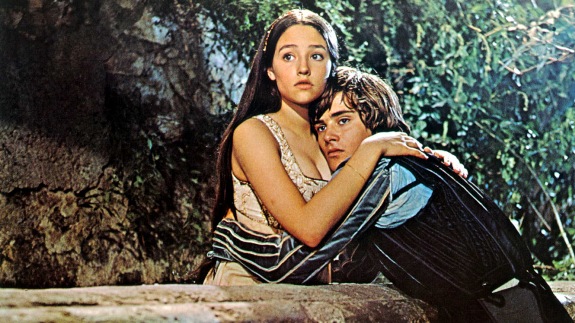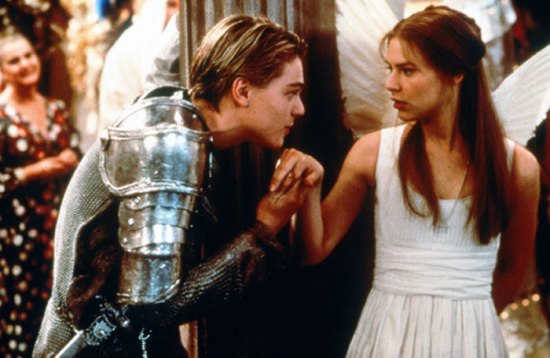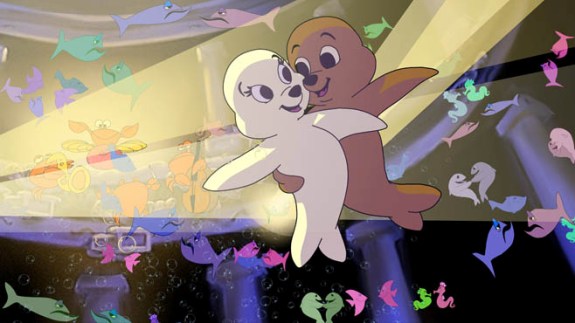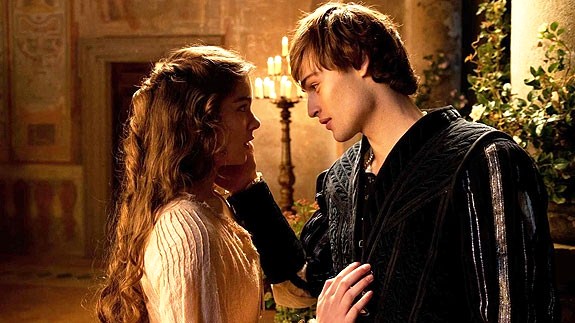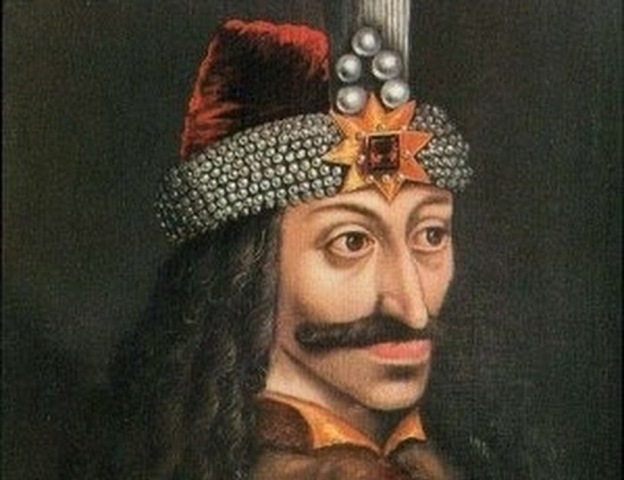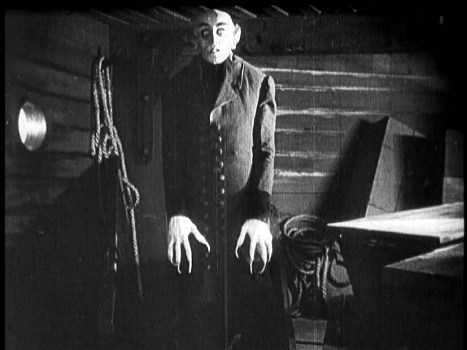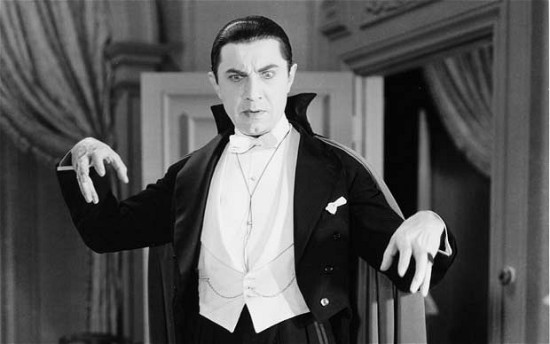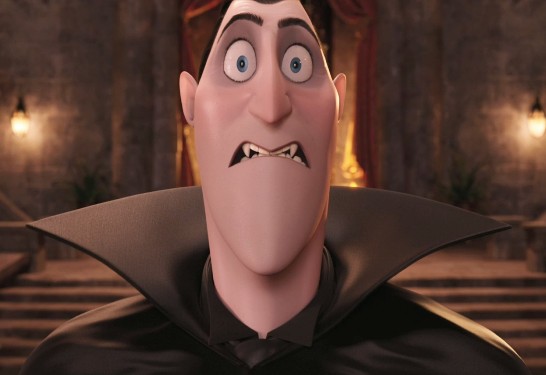
If there is any piece of literature that has endured nearly unchanged in it’s popularity over the years, it would be Lewis Carroll’s imaginative Alice’s Adventures in Wonderland, or more commonly known today as Alice in Wonderland. Written in 1865 by Reverend Charles Dodgson under his pseudonym of Carroll, the books of Alice in Wonderland and it’s sequel Through the Looking Glass (1871) became landmarks for the progression of English literature. Carroll’s nonsense style of writing was in stark contrast to romanticized and refined literature of the Victorian period. It was also a revolutionary book with regards to fantasy, as Carroll’s visions of Wonderland were unlike anything imagined before, with his cast of anthropomorphic creatures and a fantasy world which doesn’t play by any logical rules. Ever since it’s original, and often controversial publication, the Alice novels have been embraced by people from across the world, particularly those with counter-cultural tastes. It received a particularly notable revival in the psychedelic sixties, being referenced in many different art and media from the time, including Jefferson Airplane’s seminal tune, “White Rabbit.” But there is one constant from the books that has helped it endure through the ever changing cultural landscape, and that’s the character of Alice herself. Alice is the ultimate audience surrogate in literature as she acts as our eyes into the madness of Wonderland, and as a result becomes the one we identify with the most, no matter who we are. But, adapting such a character for the movies proves to be difficult, because you have to find the right kind of actress who can embody that passive, every person quality and still manage to stand out as their own personality. Alice has managed to maintain her popularity over the years and what follows is some of the most notable cinematic versions that have left their mark over time, and helped keep Alice a continued icon in both literature and in cinema.
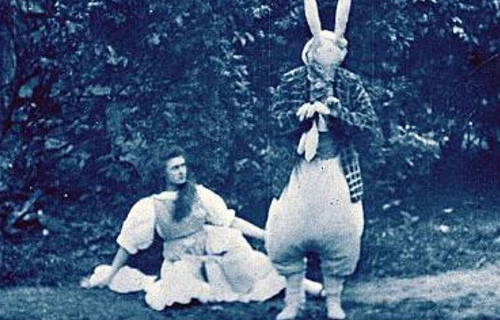
MAY CLARK in ALICE IN WONDERLAND (1903)
Even in cinema’s infancy, Alice proved to be an ideal choice for showcasing the new art of film-making to the world. Despite the limitations of the form, this silent short uses every trick available at the time to bring Lewis Carroll’s visions to life, including some very early forms of film compositing. The movie may look primitive today, but you can still see a noble attempt by the filmmakers to do their best to recreate iconic parts of the story, using the famous John Tenniel wood engraved illustrations as inspirations. Filming on location in the gardens of an English estate also help to give the movie a definite fantasy quality to it as well, as it’s not far off from the world that Carroll know himself. Despite it’s groundbreaking aspects, it’s clearly not a definitive retelling of the story itself. Every scene is merely a tableau recreating moments from the book, often disjointed from one another. It doesn’t help that much of the film has been lost to time, and only 9 minutes of the original 15 survive to this day. Character development is minimal, but the one who stands out is easily Alice. May Clark is notably older than what you’d typically think the young girl from the books would look like, but she does her best to perform, even against all the special effects around her. She was not a professional actor, working instead as a film cutter at the Hepworth Studios that made the film, but some of that inexperience still makes for a decent Alice, as she does capture some of that passive quality about the character. This would mark the first ever cinematic telling of the classic Alice story’s, and it’s an interesting artifact of cinema’s early days, particularly with regards to how famous stories were first made into movies.

CHARLOTTE HENRY in ALICE IN WONDERLAND (1933)
Despite it’s international popularity, Alice in Wonderland would remain a mostly English institution for most of it’s earliest cinematic adaptations. That was until 1933 when Hollywood finally took it’s shot at portraying the Alice stories for the big screen. This lavish production directed by Norman McLeod and written by future Oscar-winner Joseph L. Mankiewicz features a fair mixture of some imaginative old Hollywood production values, some of which seem like precursors to what we would see in a couple years with The Wizard of Oz (1939). But what this film version is notable for is introducing the notion of making Alice in Wonderland a showcase for an all-star cast, something that future film adaptations would continue even up to today. Some of the biggest names at the time appeared in this film, even in very minor roles. You’ve got W.C. Fields playing Humpty Dumpty, Gary Cooper playing the White Knight, and as strange as it might be that is actually Cary Grant inside that Mock Turtle costume you see in the picture above. Though the movie is visually interesting, the production unfortunately hasn’t aged well over the years, mainly by the fact that it doesn’t grasp the full strangeness of Carroll’s novels. The best part of the movie though is Charlotte Henry in the role of Alice. She does capture the wide-eyed wonder of the character and her charming smile does make her presence on screen worthwhile in every scene. she also does carry the movie even through all the disjointed episodes that the movie desperately tries to connect into one fluid narrative. Interesting tidbit, this production caused producer Walt Disney to cancel a live action/animation hybrid film that he was working on, even before Snow White (1937), with Mary Pickford in the role of Alice. This cancellation would of course would be short lived as we would find out some years later.
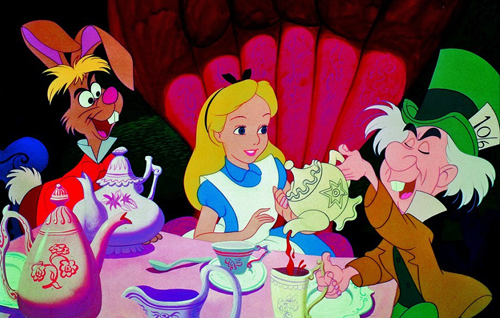
KATHRYN BEAUMONT in WALT DISNEY’S ALICE IN WONDERLAND (1951)
When most of us think of the character Alice and her adventures in Wonderland, this is usually what pops into mind first. Disney’s animated version of Lewis Carroll’s tales is without a doubt the most famous version ever made, and I would also argue it’s the best cinematic version as well. The animated medium is really the only possible way to do the work of Lewis Carroll any justice, because much of his nonsensical leaps of logic are not all that dissimilar from the way that cartoon logic works. Here the Cheshire Cat, the White Rabbit, and the March Hare can portrayed as actual animals without any other signs of humanity other than their voice. Alice can indeed change in size without any special effects. The Queen’s guard can actually paper thin playing cards. Wonderland was made to be animated and the Disney company managed to bring out the true madness of the Carroll’s writing. At the same time, it’s also the best version because it’s the most streamlined and linear, making it the most cohesive version we’ve ever seen on film. Much of Carroll’s side characters are excised, so no Griffin or Mock Turtle and no White Queen or White Knight. Instead Disney chose to center the story on Alice herself, making her a much more active character than usual. Here she’s motivated by two goals, following the white rabbit into Wonderland, and then finally finding her way home. This helps to make her a much more engaging character, given wonderful personality by her voice actress Kathryn Beaumont, who also modeled for the character. Since it’s premiere, this version of Alice has become the standard by which most others are judged by, and has gone on to influence her visual looks ever since, particularly with he iconic blue dress. The movie was also instrumental for the story’s resurgence during the psychedelic sixties, no doubt due to the often surreal imagery found in the movie. Interesting enough, this was one of the few movies of his that Walt Disney personally didn’t like, which is odd given that it has since become of the studios most enduring popular titles.
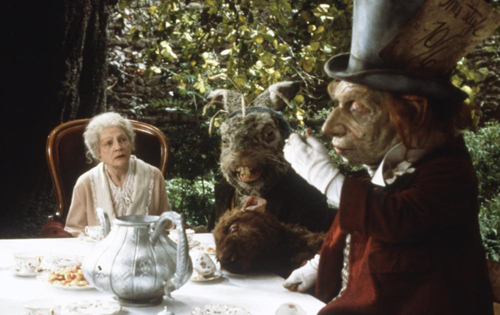
CORAL BROWNE in DREAMCHILD (1985)
This very unusual film takes a different approach to the story of Alice and her adventures in Wonderland. The movie addresses the true life story of Alice Liddel, who was the real life inspiration for the character. In the film’s story, we find Alice visiting America in her later years as she accepts a special honor from Columbia University. During her trip, she begins to look back on her early childhood which she spent in the company of Reverend Dodgson (played by Ian Holm). Her close relationship with him inspired the stories that have since followed her throughout her life, and as she has grown older, they in some way haunt her because she is always going to be tied to this fictional girl who is not at all who she is now. This leads to some surreal hallucinations where she believes she’s seeing Reverend Dodgson and various characters like the Mad Hatter and March Hare in her daily life. The movie connects these moments with early childhood memories of Alice (played as a young girl by Amelia Shankley) spending time with Dodgson in what some would say is a tad bit uncomfortable way. The movie attempts to examine some of the more questionable aspects of Dodgson’s life, namely the rumored pedophilia of which Alice might have been the subject of, but it’s undermined by the movie’s frequent flights into fancy with the hallucinations and the various recreations of moments from the book, brought to life with some rather grotesque puppets from the Jim Henson workshop. These frightening versions of the Mad Hatter and the March Hare would feel more at home in something like Labyrinth (1986), and not in a serious drama that examines the toll of loss of innocence over several years. Even still, the portrayal of Alice is still endearing, with Coral Browne giving a solid and dignified performance as the aging Alice. It’s fascinating to look at the real life inspirations behind famous characters, and how their lives were affected by the popularity that endured afterwards, especially if they overshadow something darker underneath.
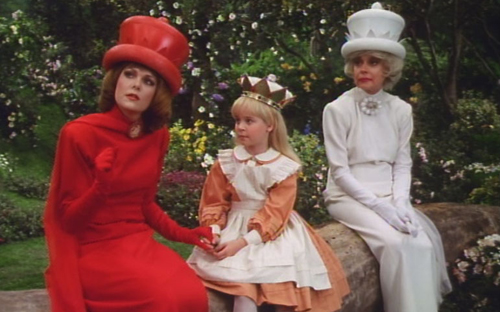
NATALIE GREGORY in ALICE IN WONDERLAND (1985 MINI-SERIES)
Taking a cue from the classic Hollywood version, this made-for-TV musical version of Alice in Wonderland certainly follows the idea of filling every role with an all-star cast. And it seems like even the most minor of roles is filled by a known name, whether it makes sense or not. You’ve got Sammy Davis Jr. as the Catepillar, Telly Savalas as the Cheshire Cat, Ringo Starr as the Mock Turtle, and even future Full House star John Stamos shows up in the most minor of roles as the Jack in the Queen of Heart’s court. But it is noteworthy that at over 3 hours this is one of the most comprehensive versions of the story we’ve ever seen, adapted from both Alice novels. But at it’s center is the performance by newcomer Natalie Gregory as Alice, who appears in every scene of this long production. One noteworthy thing about her casting is that she is decidedly younger in age than most Alice’s we’ve seen before, who have usually been more pre or early teen in age. Gregory’s Alice is very much a child and it makes the peril she finds herself in all the more frightening. There are some rather disturbing moments in the movie, like when Alice finds herself in an alternate version of her home where she sees her family on the other side of a mirror with no way of letting them know she’s there. Latter she finds herself all alone when confronting another one of Lewis Carroll’s creations, the fearsome Jabberwocky, and Natalie Gregory manages to hold her own in these moments, making us actually fearful for her safety. She captures the very real innocence of the character, which is put to the test in this topsy turvy world that has no place for logic, which she increasingly realizes is what sets her apart. This version’s Alice stands as one of the more engaging, and you’ve got to hand it to a young newcomer who can stand out in a huge cast like the one that this version has.

KRISTYNA KOHOUTOVA from ALICE (1988)
Of all the versions of Alice in Wonderland that have been filmed over the years, this may be the strangest one of all, and that’s saying something. This very bizarre movie comes from Czech filmmaker Jan Svankmajer, who is a pioneering animator in the stop motion form. But, Svankmajer’s style doesn’t utilize the charming clay and wood crafted puppets that we normally associate with stop motion animation. Instead, his animation uses bizarre puppetry involving creatures made out of household appliances, scrapbook cut outs, and most disturbingly animal carcasses and skeletons preserved through taxidermy. Seeing these things in still life are disturbing enough, but they take on a whole new level once they are animated. And this is the format that Svankmajer decided to bring the story of Alice in Wonderland to life with. In a way, this style might have been to Lewis Carroll’s tastes, given it’s bizarre nature, but to the casual viewer, this is certainly not a version of the story that is suitable for all ages. The interesting thing though is that the animation is balanced out with a real life actress playing Alice; a very young performer named Kristyna Kohoutova. Svankmajer’s minimalist depiction of Wonderland, which seems to exist within the same drab interior room, takes on a surreal aspect as it appears to be all part of Alice’s dream state, or rather nightmares. Kristyna’s Alice merely acts as our guide from one surreal moment to another, including providing her own third person narration. The most distinctive moments occur when live action Alice shrinks down and becomes an animated doll and also when she encounters the shockingly murderous White Rabbit, which is one of Svankmajer’s more disturbing creations. Not for the faint of heart, but interesting for those curious to see a really unconventional take of the classic Lewis Carroll stories of Wonderland.
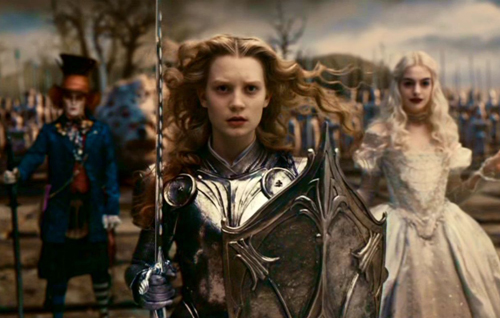
MIA WASIKOWSKA in ALICE IN WONDERLAND (2010)
After many years Disney decided to revisit the works of Lewis Carroll with a lavish production directed by visionary filmmaker Tim Burton. It would be a wildly successful film at the box office and would jump start a recent trend at the Disney Studio to do remakes of all their past animated hits. But, much like the remake craze at Disney, this production would end up being a mixed bag. On the one hand, I do like this version of the character of Alice. Mia Wasikowska’s performance may be a little on the under-acting side, but I liked how her version of the character was more assertive, inquisitive and intelligent than past versions. The problem is, everything else about the movie is entirely wrong and completely misses the point with regards to what Lewis Carroll’s stories were about. Alice in Wonderland was a satire about the social confines of Victorian society and Carroll created Wonderland as an examination of a society where all the rules were flipped upside down and nothing made sense. But for some reason, Burton and screenwriter Linda Woolverton decided to normalize Wonderland, making it a society that steers away from Carroll’s nonsense vision and more closely to something like Tolkein’s Middle Earth, which not surprising the film tries to hard to emulate, because of the success of the Lord of the Rings movies. This also leads to a trend of recent adaptations of classic tales that I hate, which is the desire to put a sword in the hero’s hand and make them a “savior” figure. You see this again in other films like Snow White and the Huntsman (2012), and no other character looks more out of place in a suit of armor than Alice. She’s a strong character to be sure, but not everyone is destined to slay a dragon, and yet this movie desperately tries to make us believe that Alice is the only one capable of saving the day. Of all the adventures we’ve seen of Alice, this is the one that misses the mark the most, and it’s a sad given that Wasikowska’s portrayal isn’t terribly bad and could have been amazing if Tim Burton wasn’t forced to Tolkeinize Wonderland.
Though the styles have changed, Lewis Carroll’s Alice still remains a strong presence throughout her many cinematic outings. There’s something about her “stranger in a strange land” character that we identify with strongly and it’s through her eyes that the incredible world of Wonderland comes to life. More than often, the most interesting cinematic versions of the story are imagined through the medium of animation, whether it be Disney’s classic version or Jan Svankmajer’s surreal version. It’s also interesting how many times a cinematic version of the story often involves an all-star cast. Even the two Disney versions fill their casts out with notable names, and it sparks some interesting debates about who played the role better; like which Mad Hatter is the crazier one, Ed Wynn’s or Johnny Depp’s. What I like best though is when the film’s do their best to capture the true madness of the story that Lewis Carroll had written. The Alice stories were really ahead of their time and have provided the basis for every surreal adventure into unknown worlds that have come since. You can find elements of Alice in Wonderland in everything from The Wizard of Oz (where a girl from our world travels to another magical one), to The Chronicles of Narnia (magic portals that link our world to another) to even something like Planet of the Apes (where society is satired through a re-imagined world, visited by someone from our own world). Carroll’s stories continue to influence movies, art, music and more and will probably see many more interpretations in the future. But as for the character of Alice, it is interesting to see how much this young girl has been embraced as an icon of literature and of movies. As a result, she is often the one that filmmakers take the greatest care to get right, and this has resulted in some of the most interesting choices of casting that we’ve seen in many of these movies. She may always continue to fall down that rabbit hole forever, but the strength of her character always comes from how clever she can be to find her way back home.

